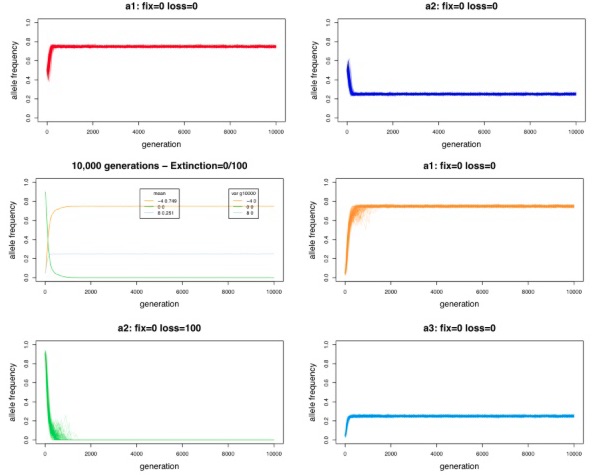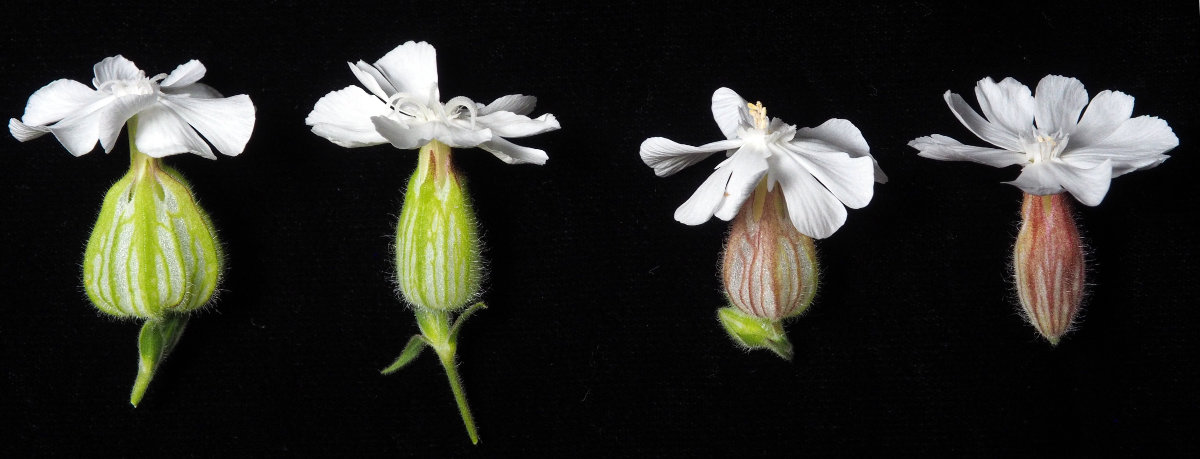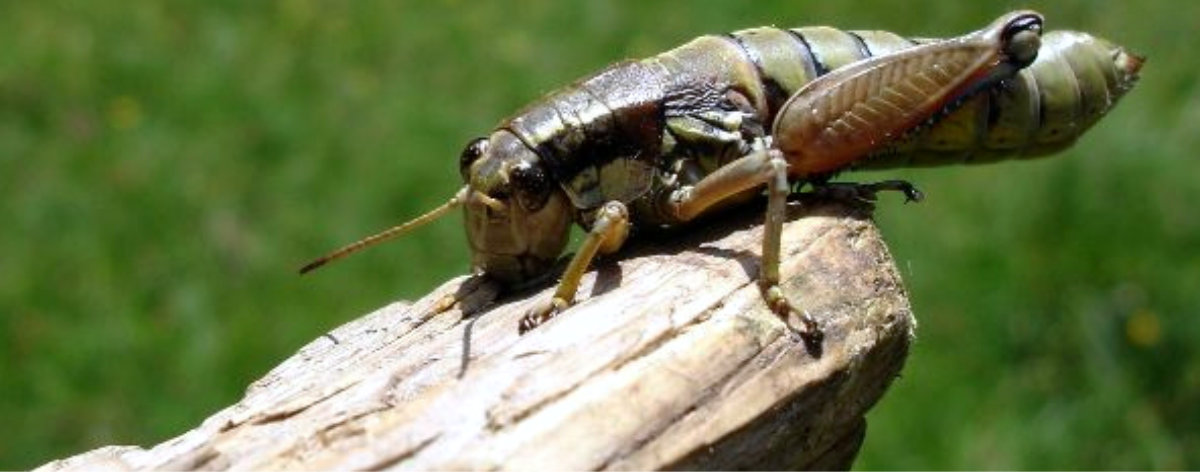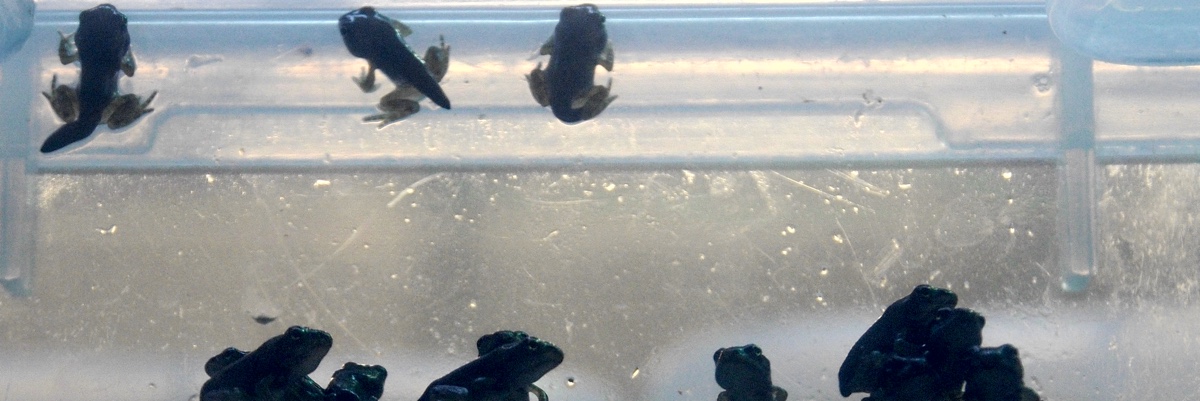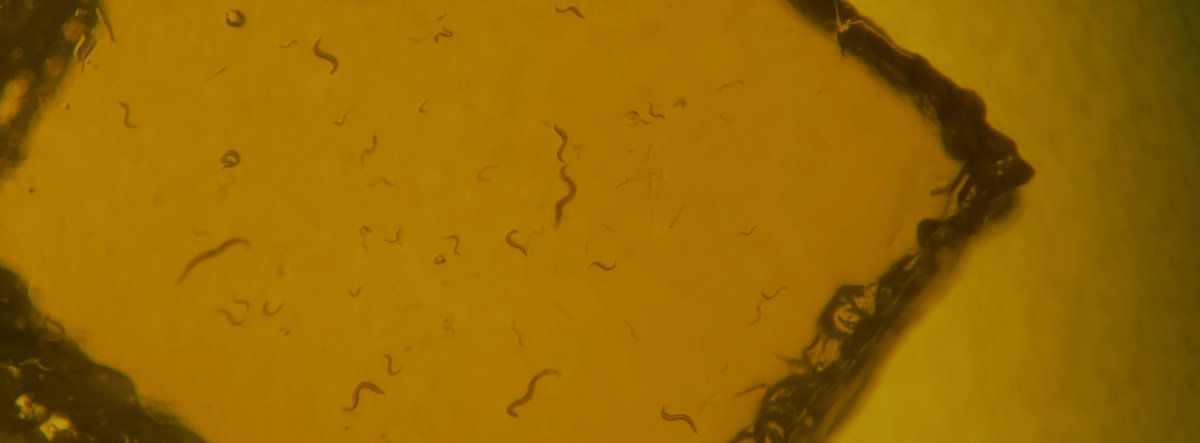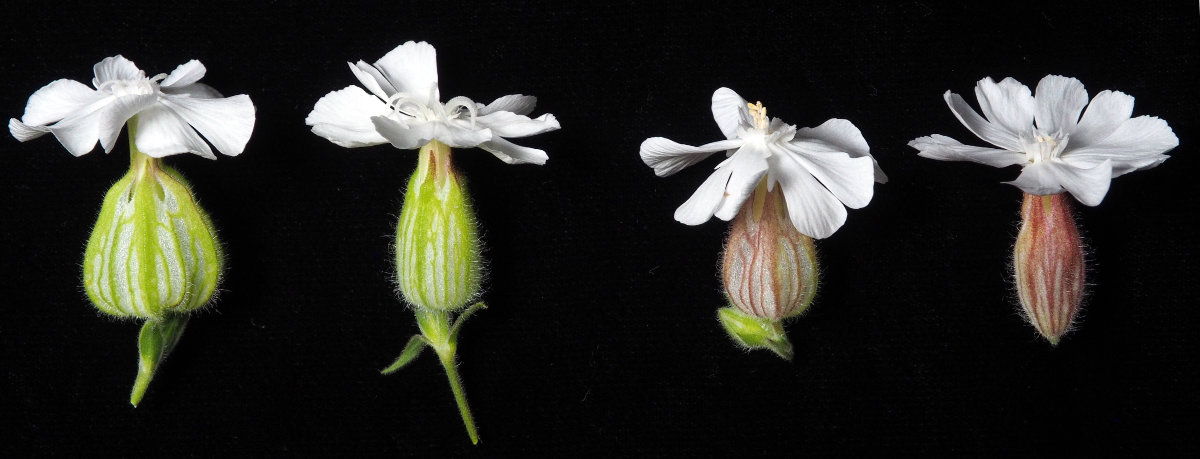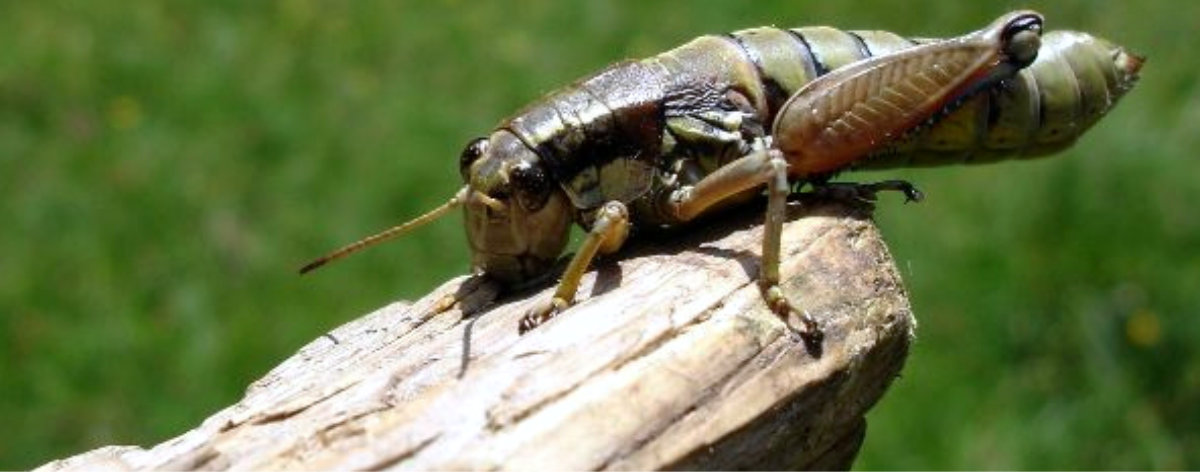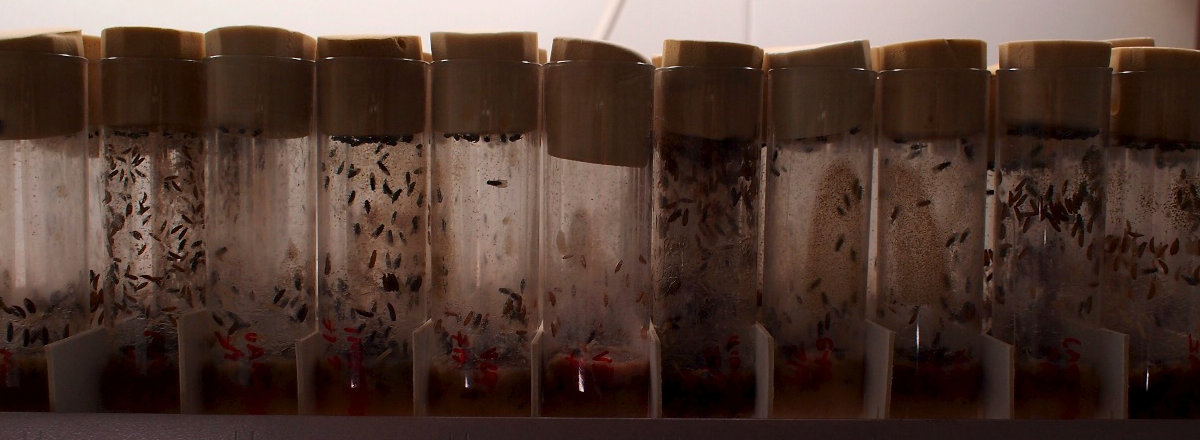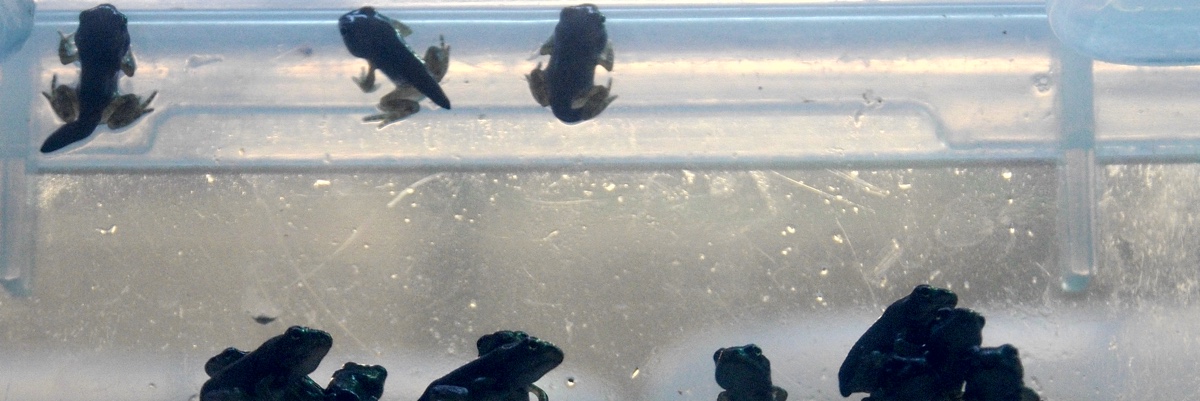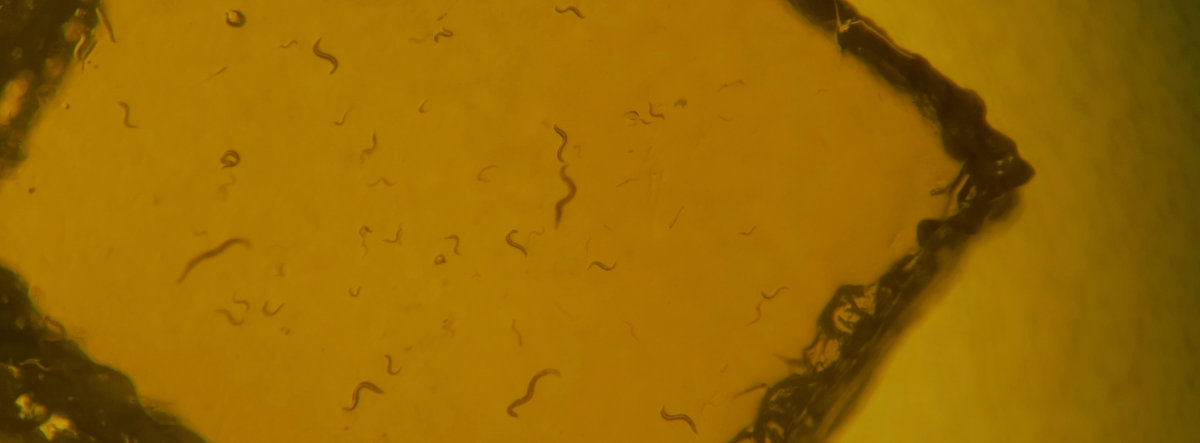Simulations of transitions between genetic and non-genetic sex determination
Incomplete penetrance of sex determination in frogs, and achiasmatic meiosis in males, allows for interesting possibilities in the evolution of a new sex chromosome.
The common frog Rana temporaria shows extraordinary variation in its sex determination system.
Most population have indistinguishable haplotypes in males and females in all chromosomes, which is termed the XX-undifferentiated race. However many populations show varying levels of Y haplotype differentiation. In XX populations, sex determination is assumed to be non-genetic, as we do not know of any region of the genome associated with sex (random sex determination), while XY populations have a genetic component to sex determination, which is not always completely penetrant.
Any time an allele evolves that affects sex determination, it causes a distortion in the population sex-ratio which would select against the new allele, as long as the original sex ratio was at 50%. This is called sex-ratio selection. However it is possible for sexually antagonistic variation, in combination with the very limited recombination observed in frog male meiosis, to select for the maintenance of such a sex-ratio distorting, sex-determining allele.
We are simulating the invasion of non-random sex determining alleles into populations with random sex determination, to try to understand more about the sex chromosome evolution dynamics in such systems. This research was inspired by frogs, but it applies to any species with achiasmatic meiosis in one sex, such as Drosophila and many fishes. The main requirement is for recombination to depend on phenotypic sex.
This work is in collaboration with Elisa Cavoto and Paul Sanders.
